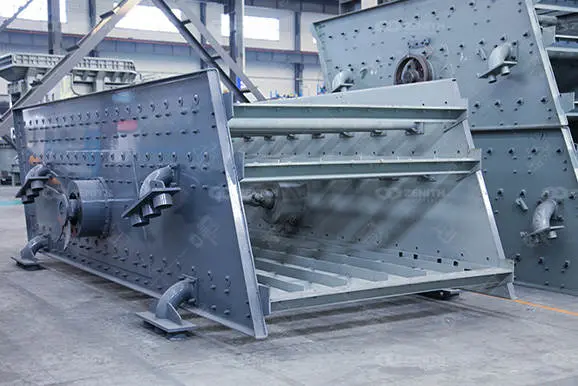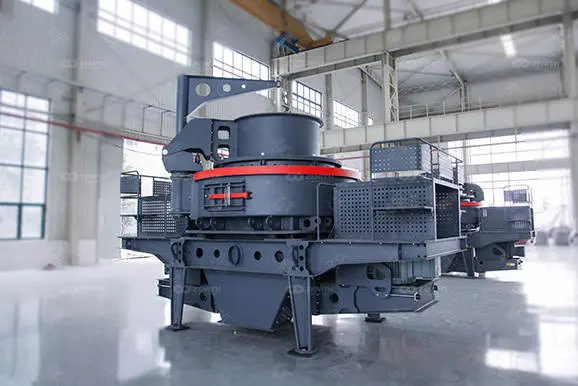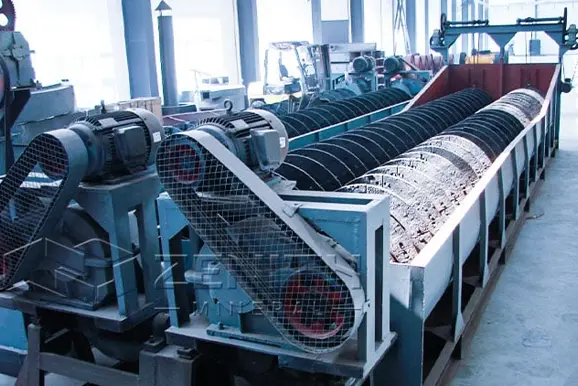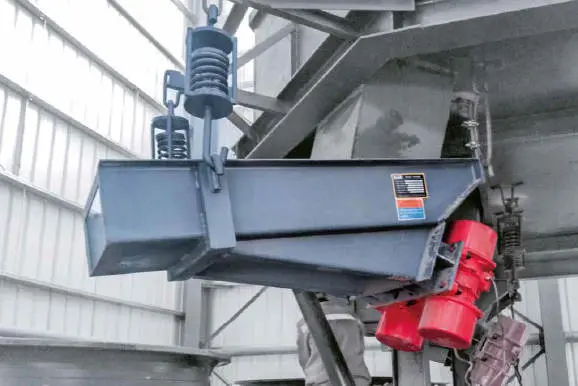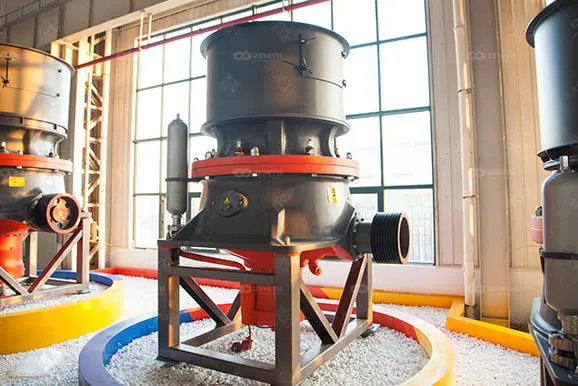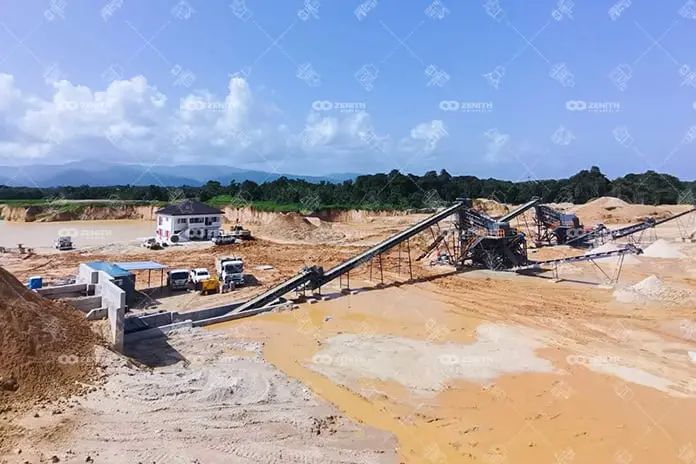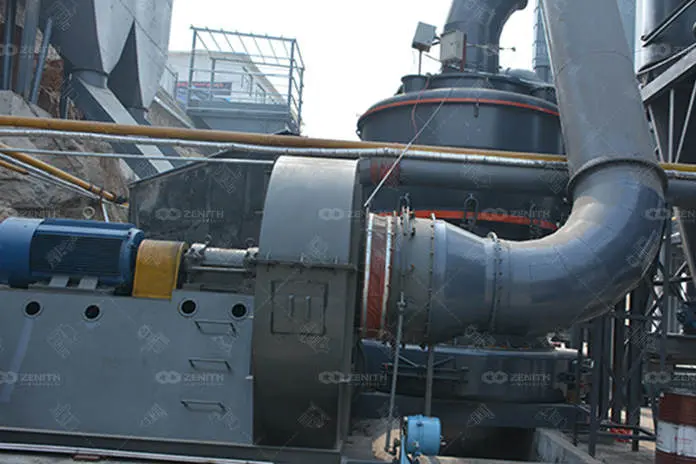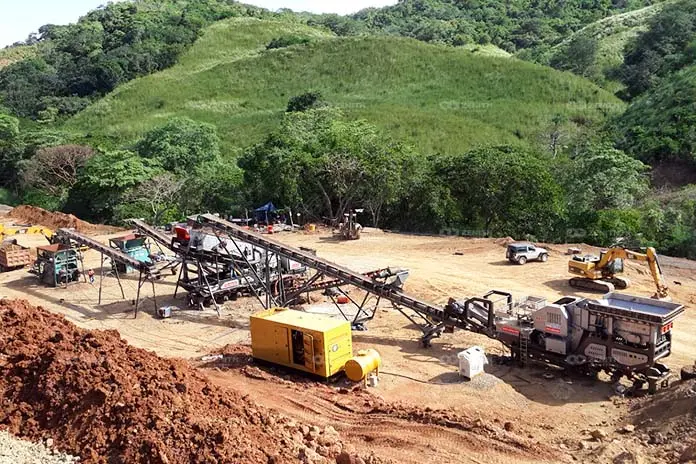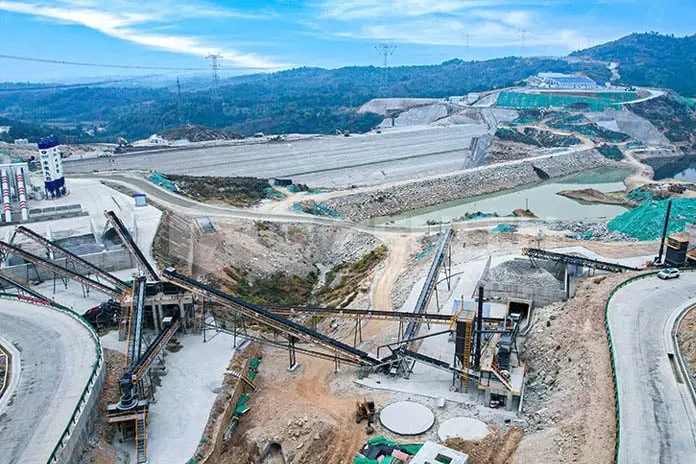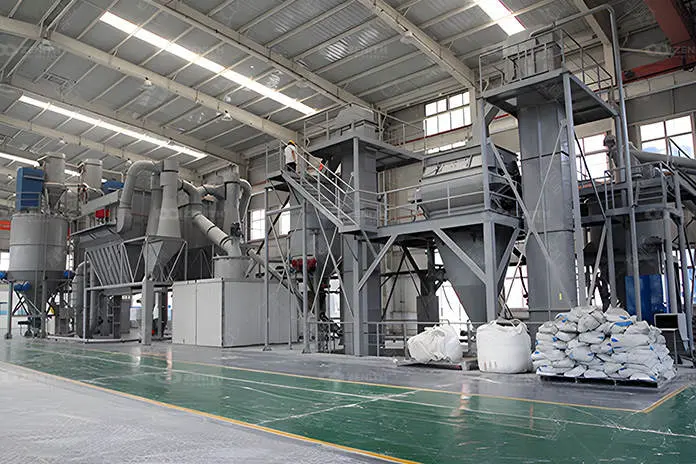How Does Slag Cement Affect Concrete Maturity Rates
Time:23 October 2025

Concrete maturity is a crucial factor in determining the strength development and performance of concrete over time. The incorporation of slag cement, a byproduct of the steel manufacturing process, can significantly influence these maturity rates. This article explores the impact of slag cement on concrete maturity, providing insights into its benefits and considerations.
Understanding Concrete Maturity
Concrete maturity is a measure of the progress of cement hydration, which directly affects the strength and durability of the concrete. It is typically assessed using the maturity method, which relates temperature history and time to strength gain.
Key Factors Influencing Concrete Maturity
- Temperature:Higher temperatures accelerate hydration, increasing maturity rates.
- Time:Longer curing periods allow for more complete hydration and strength development.
- Cement Composition:The type and composition of cementitious materials affect hydration kinetics.
Introduction to Slag Cement
Slag cement, also known as ground granulated blast-furnace slag (GGBFS), is a supplementary cementitious material (SCM) that is used to enhance concrete properties. It is produced by rapidly cooling molten iron slag from a blast furnace, then grinding it into a fine powder.
Benefits of Slag Cement
- Improved Durability:Enhances resistance to chemical attacks and reduces permeability.
- Sustainability:Utilizes industrial byproducts, reducing environmental impact.
- Enhanced Workability:Provides smoother and more workable concrete mixes.
Impact of Slag Cement on Concrete Maturity Rates
The inclusion of slag cement in concrete mixes can alter the maturity rates due to its unique properties and hydration characteristics.
Effects on Hydration Process
- Slower Initial Hydration:
– Slag cement typically has a slower initial hydration rate compared to ordinary Portland cement (OPC).
– This can result in delayed early strength gain.
- Extended Hydration Period:
– Slag cement continues to hydrate over a longer period, contributing to strength gain beyond the initial curing phase.
– This can lead to higher long-term strength.
Influence on Temperature Sensitivity
- Reduced Heat of Hydration:
– Slag cement generates less heat during hydration, which can be beneficial in mass concrete applications to minimize thermal cracking.
– The maturity rate of slag cement concrete is more sensitive to temperature changes, requiring careful monitoring in varying climatic conditions.
Practical Considerations
When using slag cement in concrete mixes, several practical considerations should be taken into account to optimize maturity and performance.
Mix Design Adjustments
- Proportioning:Adjust the proportion of slag cement to achieve desired strength and workability.
- Curing Practices:Implement effective curing techniques to ensure adequate hydration and strength development.
Monitoring and Testing
- Maturity Testing:Use maturity meters to accurately assess the maturity and strength development of slag cement concrete.
- Temperature Control:Monitor ambient and concrete temperatures to mitigate the effects of temperature fluctuations on maturity rates.
Conclusion
Slag cement can significantly influence concrete maturity rates, offering both challenges and advantages. By understanding its impact on hydration kinetics and temperature sensitivity, engineers and builders can optimize concrete mixes for enhanced performance and sustainability. Proper mix design, curing practices, and monitoring are essential to harness the full potential of slag cement in concrete applications.



